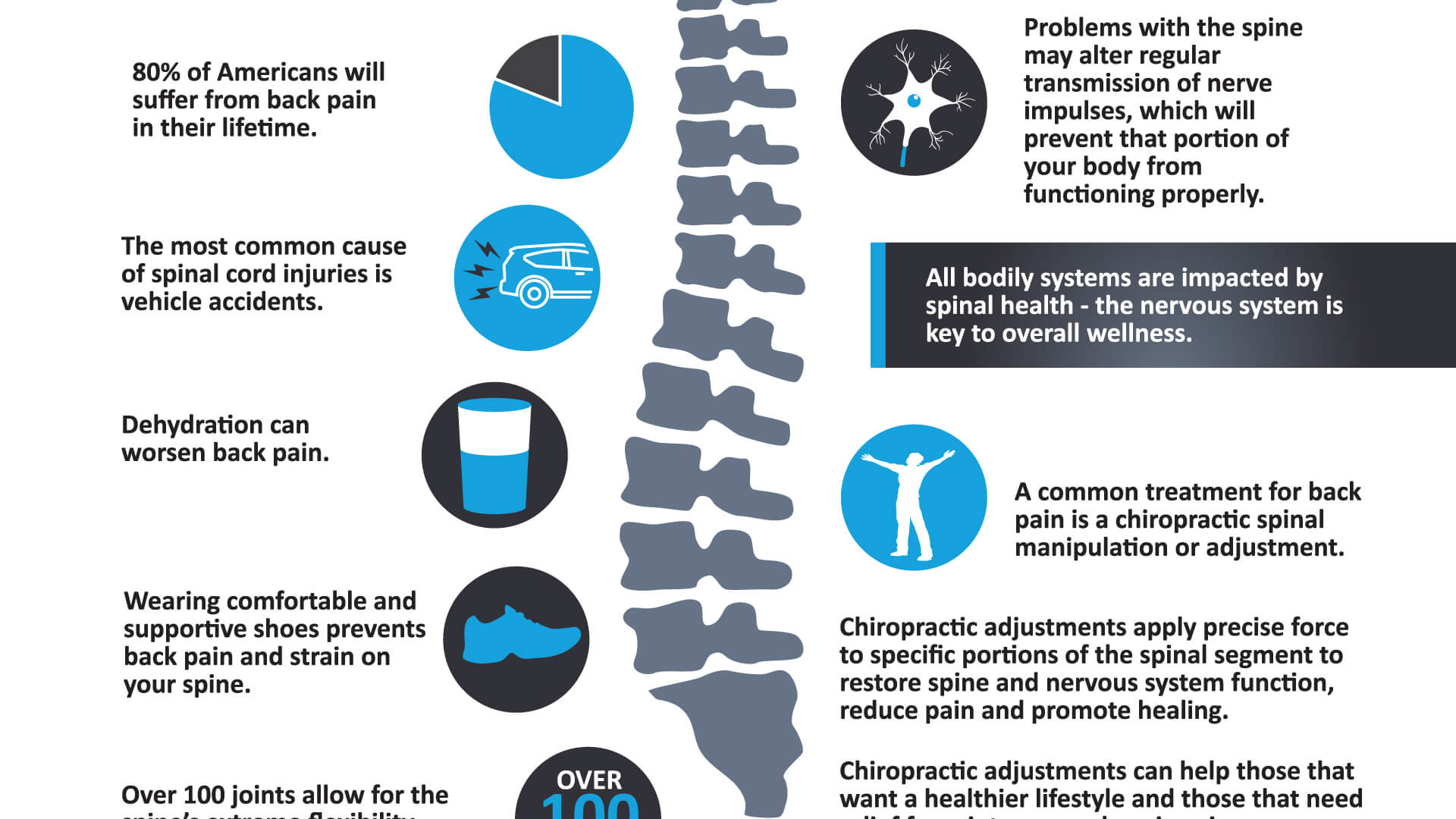Prepare Yourself To Discover The Fascinating Mobile Communications Of Cold Laser Treatment And Its Utilization Of Light For The Function Of Recovery. Dig Additionally Right Into The Realm Of Scientific Research!
Prepare Yourself To Discover The Fascinating Mobile Communications Of Cold Laser Treatment And Its Utilization Of Light For The Function Of Recovery. Dig Additionally Right Into The Realm Of Scientific Research!
Blog Article
Writer-Walls Roberson
You may have come across cold laser treatment as an appealing therapy option for numerous conditions, however have you ever before asked yourself exactly how it really deals with a cellular level? Understanding the mechanisms behind this treatment can shed light on its efficiency in promoting healing and reducing inflammation. By checking out the scientific research behind cold laser therapy, you'll gain insights into the fascinating ways in which light can influence mobile processes and help with cells repair.
How Cold Laser Treatment Functions
To comprehend how cold laser therapy functions, you need to realize the fundamental principles of just how light energy engages with organic cells. Cold laser treatment, additionally known as low-level laser therapy (LLLT), utilizes certain wavelengths of light to penetrate the skin and target underlying tissues. Unlike the intense lasers made use of in surgeries, cold lasers send out reduced levels of light that don't produce warmth or create damage to the tissues.
When these gentle light waves reach the cells, they're taken in by elements called chromophores, such as cytochrome c oxidase in mitochondria. This absorption sets off a series of organic responses, consisting of enhanced mobile energy manufacturing and the launch of nitric oxide, which improves blood flow and reduces swelling.
Moreover, https://tituseztnh.blogolenta.com/24755913/keen-to-discover-the-effectiveness-and-safety-of-cold-laser-treatment-gadgets-transitioning-to-home-usage can additionally stimulate the production of adenosine triphosphate (ATP), the power currency of cells, helping in mobile repair and regeneration procedures.
Basically, cold laser treatment takes advantage of the power of light power to advertise healing and minimize discomfort in a non-invasive and gentle manner.
Systems of Activity
How does cold laser therapy actually work to produce its therapeutic results on organic cells?
Cold laser therapy, also called low-level laser therapy (LLLT), operates via a process referred to as photobiomodulation. When the cold laser is applied to the skin, the light power permeates the cells and is taken in by chromophores within the cells.
These chromophores, such as cytochrome c oxidase in the mitochondria, are after that promoted by the light power, causing a cascade of organic responses. https://www.medicalnewstoday.com/articles/hair-loss-the-latest-science-on-causes-treatment-and-prevention of action is the enhancement of cellular metabolism.
The absorbed light power raises ATP production in the mitochondria, which is crucial for mobile feature and fixing. Furthermore, cold laser therapy helps to decrease inflammation by inhibiting inflammatory moderators and advertising the release of anti-inflammatory cytokines.
This anti-inflammatory impact contributes to discomfort alleviation and cells recovery.
Healing Effects
Recognizing the healing effects of cold laser therapy includes recognizing exactly how the improved mobile metabolism and anti-inflammatory buildings add to its favorable outcomes on organic tissues.
When the cold laser is applied to the damaged area, it promotes the mitochondria within the cells, causing raised manufacturing of adenosine triphosphate (ATP), which is vital for cellular feature and repair work. This increase in mobile energy speeds up the healing process by promoting cells regeneration and reducing inflammation.
Additionally, laser treatment for smoking cessation -inflammatory homes of cold laser treatment assistance to decrease discomfort and swelling in the targeted area. By hindering inflammatory arbitrators and advertising the release of anti-inflammatory cytokines, cold laser treatment aids in minimizing discomfort and improving the overall healing reaction.
This decrease in swelling not just offers prompt alleviation but additionally supports lasting tissue repair work.
Conclusion
Finally, cold laser therapy works by boosting mobile fixing and tissue regrowth through photobiomodulation. Its anti-inflammatory residential properties offer pain alleviation and decrease swelling by hindering inflammatory moderators.
This therapy provides an extensive approach to healing, delivering both prompt alleviation and long-lasting cells fixing advantages.
Through its systems of activity, cold laser treatment confirms to be a reliable and promising therapy option for a variety of problems.
